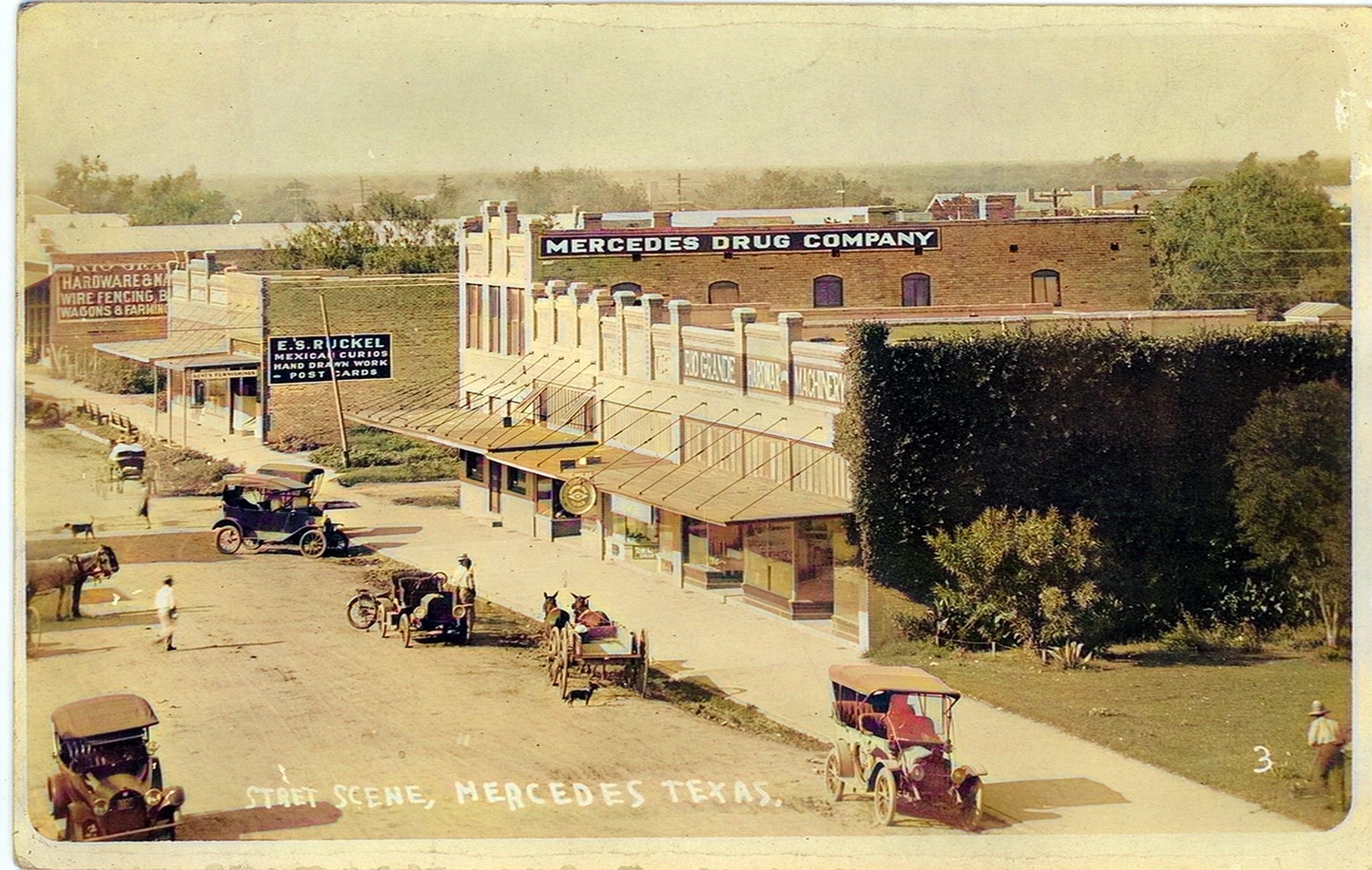 Downtown Mercedes During the Early Days
Downtown Mercedes During the Early Days
Downtown was a bustling place in early Mercedes. There were drug stores, clothing stores, and hardware stores. Streetlights were first installed in 1918. Horses, carriages and automobiles shared the downtown streets.
View Downtown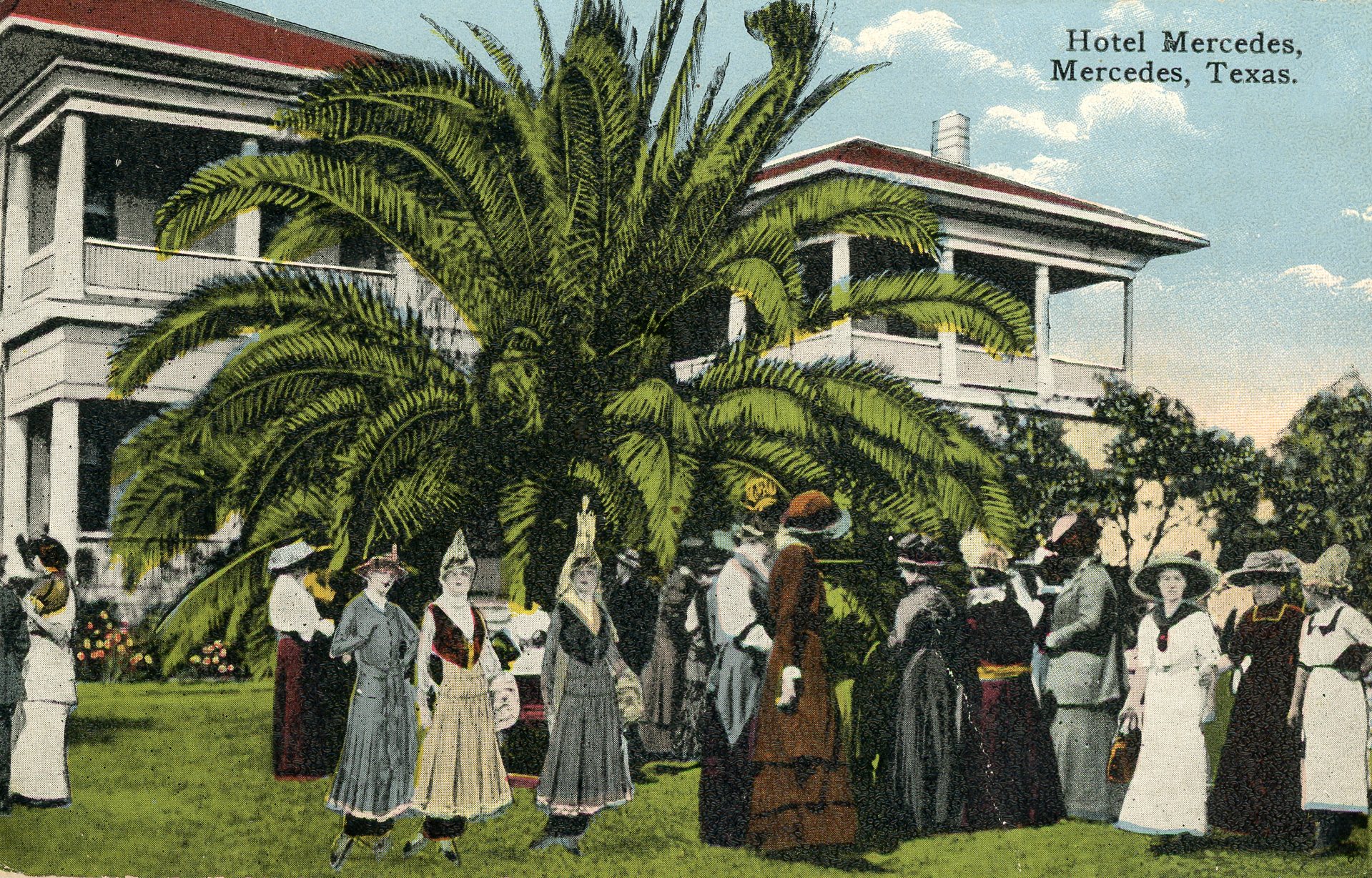 Beautiful Mercedes Hotel Was Social Center
Beautiful Mercedes Hotel Was Social Center
The grand Mercedes Hotel was built in 1907. The hotel hosted social events and served elegant meals for fifty years until it deteriorated and was demolished in 1957. Today a bank and parking lot occupy the site where the iconic hotel once thrived.
View Mercedes Hotel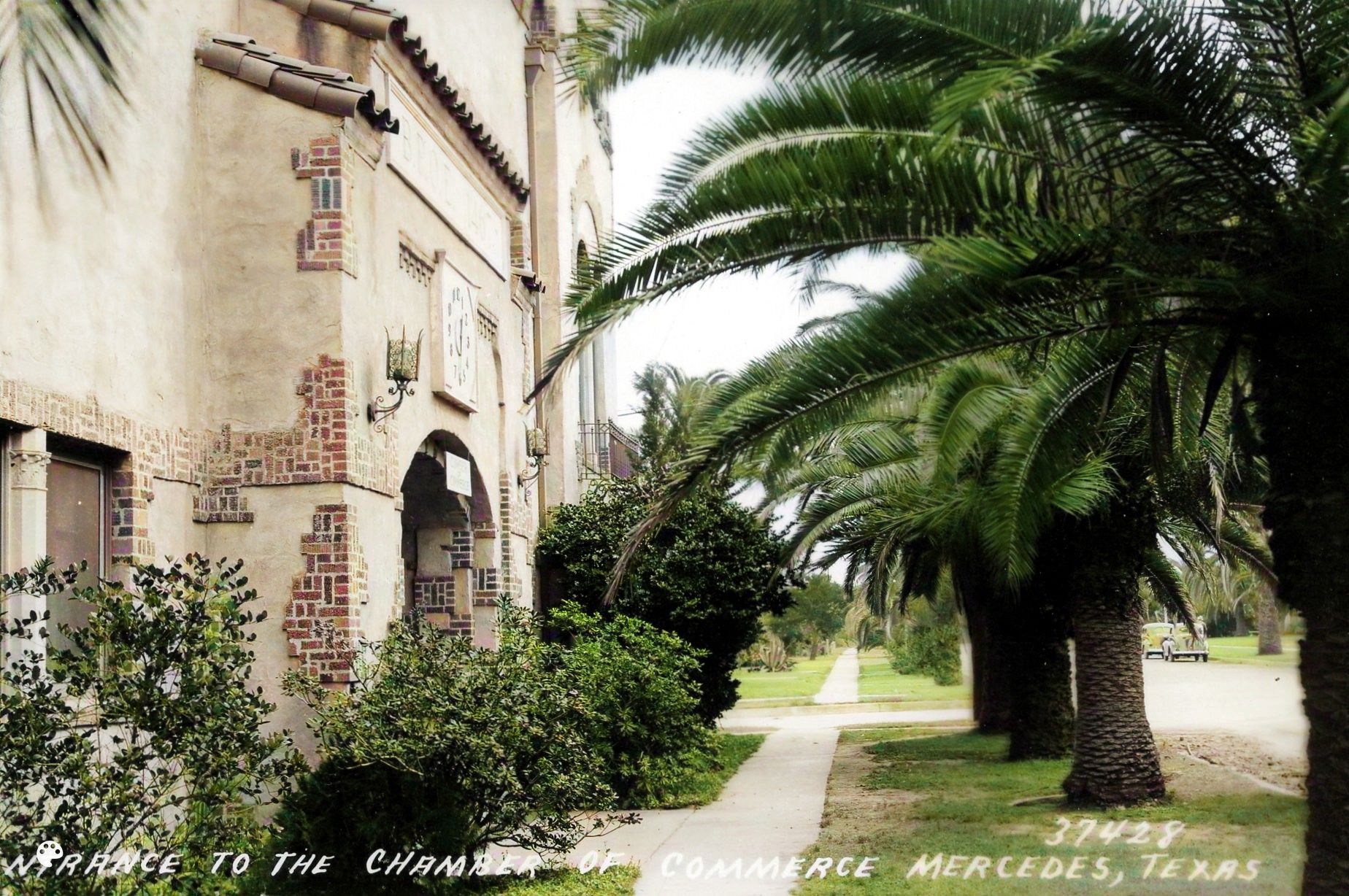 Elks Club Building Replaced Mercedes Hotel
Elks Club Building Replaced Mercedes Hotel
Built in 1928 by the Elks Lodge the structure was a shining example of Mediterranean Revival architecture designed by architect R. Newell Waters. Throughout the late 1920s and 1930s the building hosted countless community events including elegant dances and concerts.
View Elks Club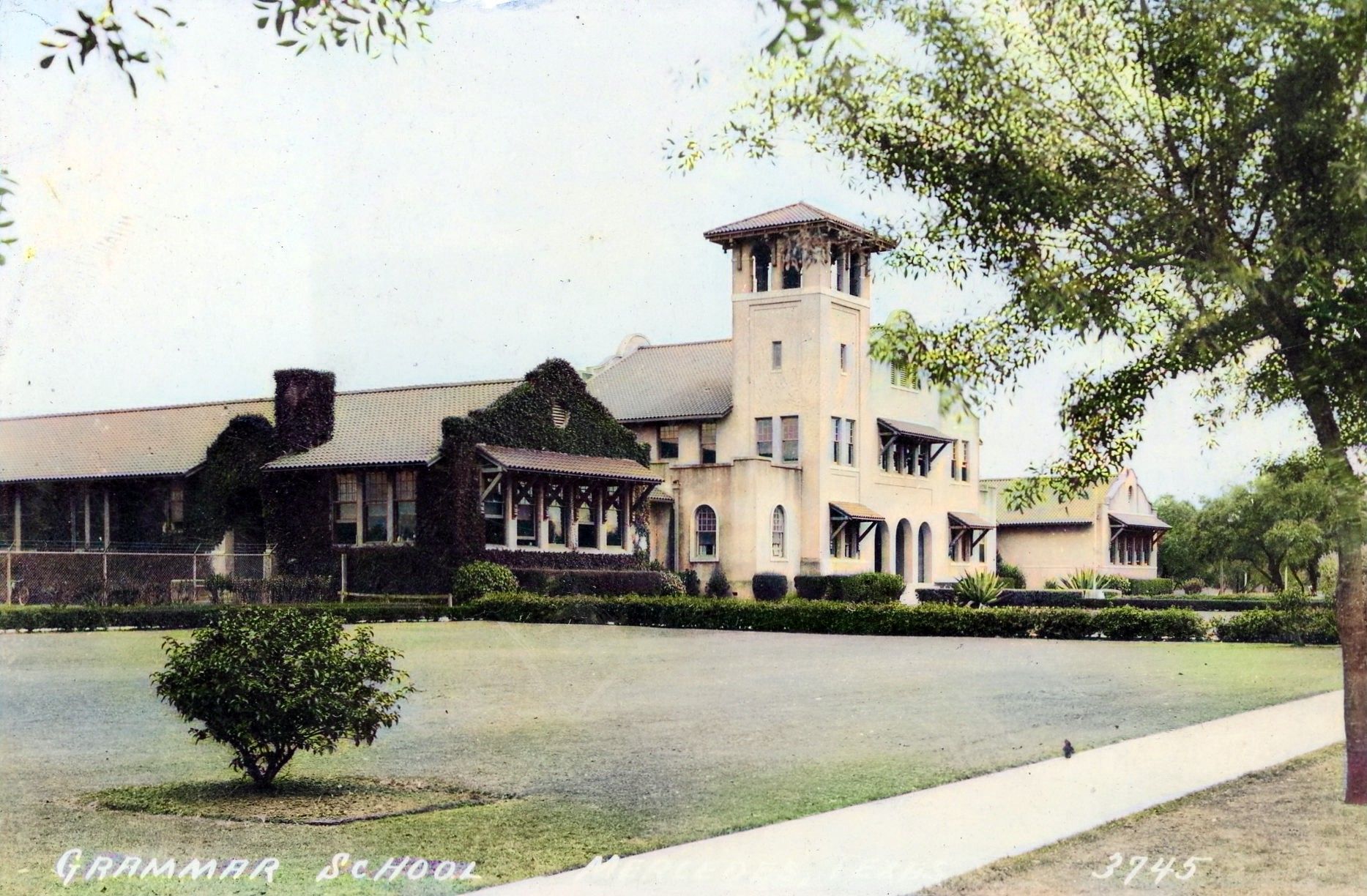 Mercedes Schools Boosted Iconic Architecture
Mercedes Schools Boosted Iconic Architecture
The Buck School was the first public school building in Mercedes. Today it is largely forgotten and its exact location has been lost to history. Fortunately, several architecturally significant school buildings built from the 1920s to 1940s still stand. These include the Graham School, as well as the former middle and high school buildings—each serving as a lasting testament to the city’s educational and architectural heritage.
View Schools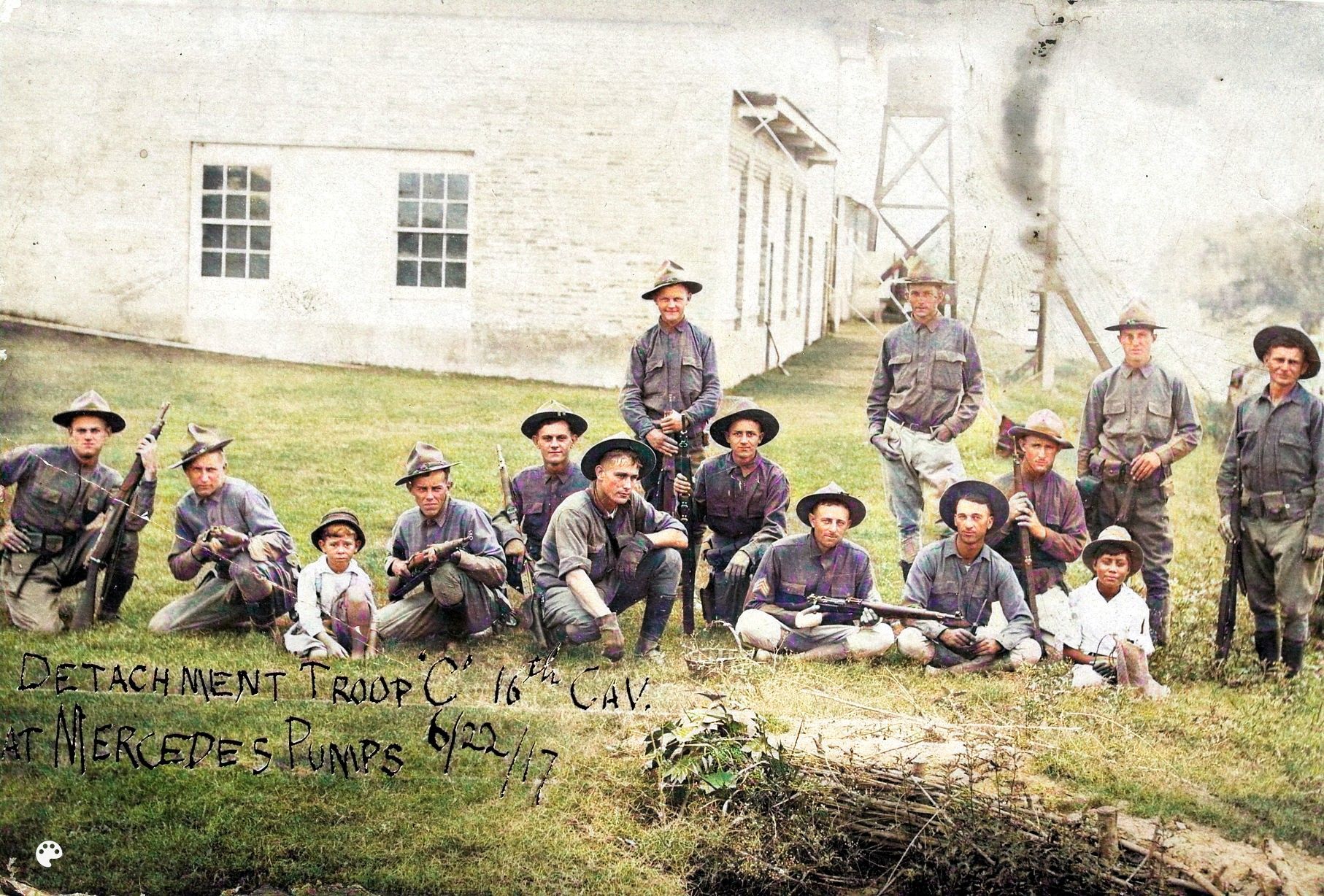 Camp Mercedes Was WW1 Training Camp
Camp Mercedes Was WW1 Training Camp
During WW1 General Pershing established a training camp in Mercedes, Texas. The camp was located next to the Main Canal off 10th Street. It played a crucial role in preparing troops for the war and specialized in training horses which were vital for wartime efforts. The Texas Historical Commission placed a marker at the site in 2012.
View Camp Mercedes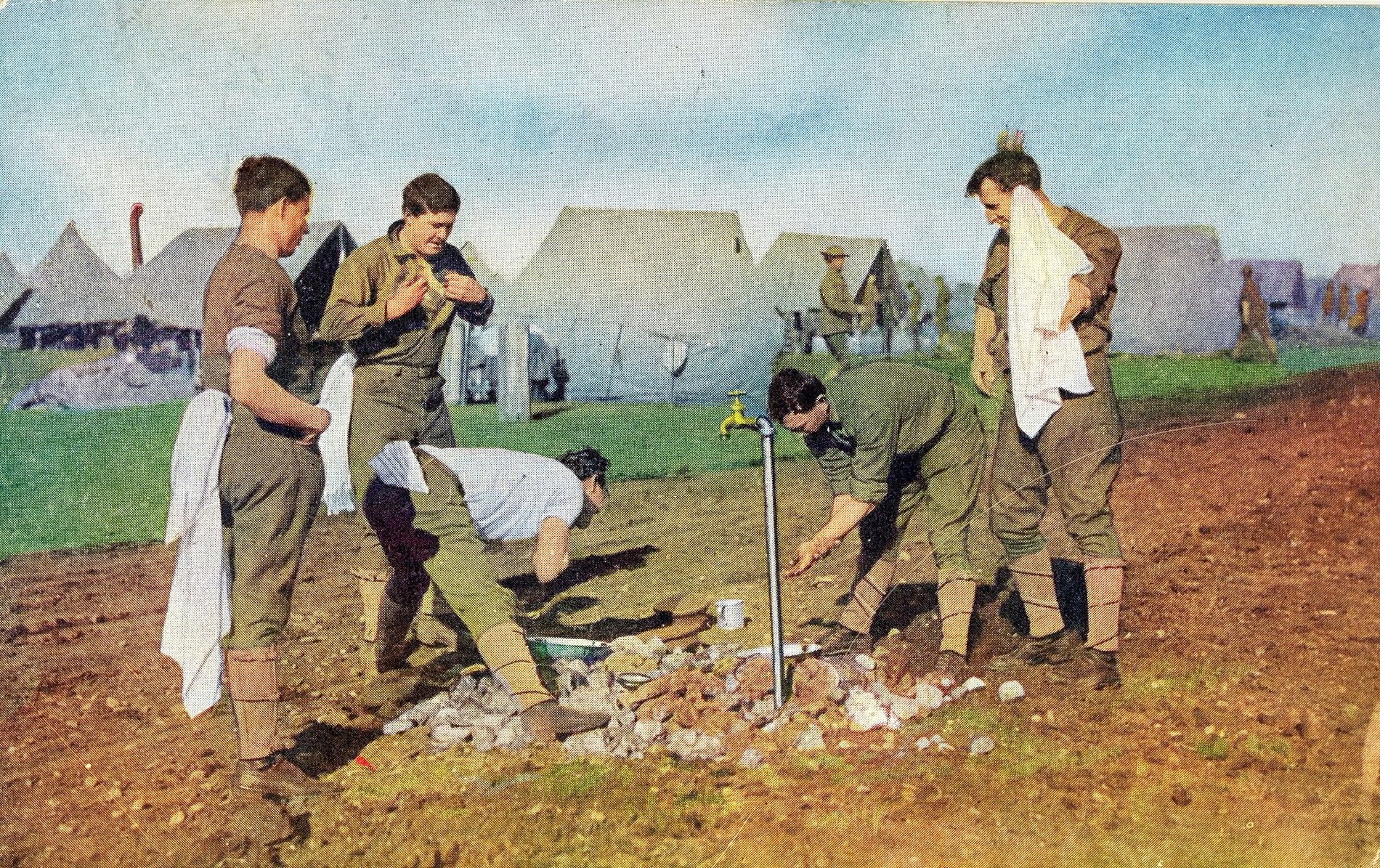 When Founded, Camp Llano Grande Within Boundaries of Mercedes
When Founded, Camp Llano Grande Within Boundaries of Mercedes
Camp Llano Grande was established in Mercedes in 1916 during President Woodrow Wilson's administration. It was one of several National Guard camps created under the National Defense Act to repel cross border raids led by Pancho Villa.
View Camp Llano Grande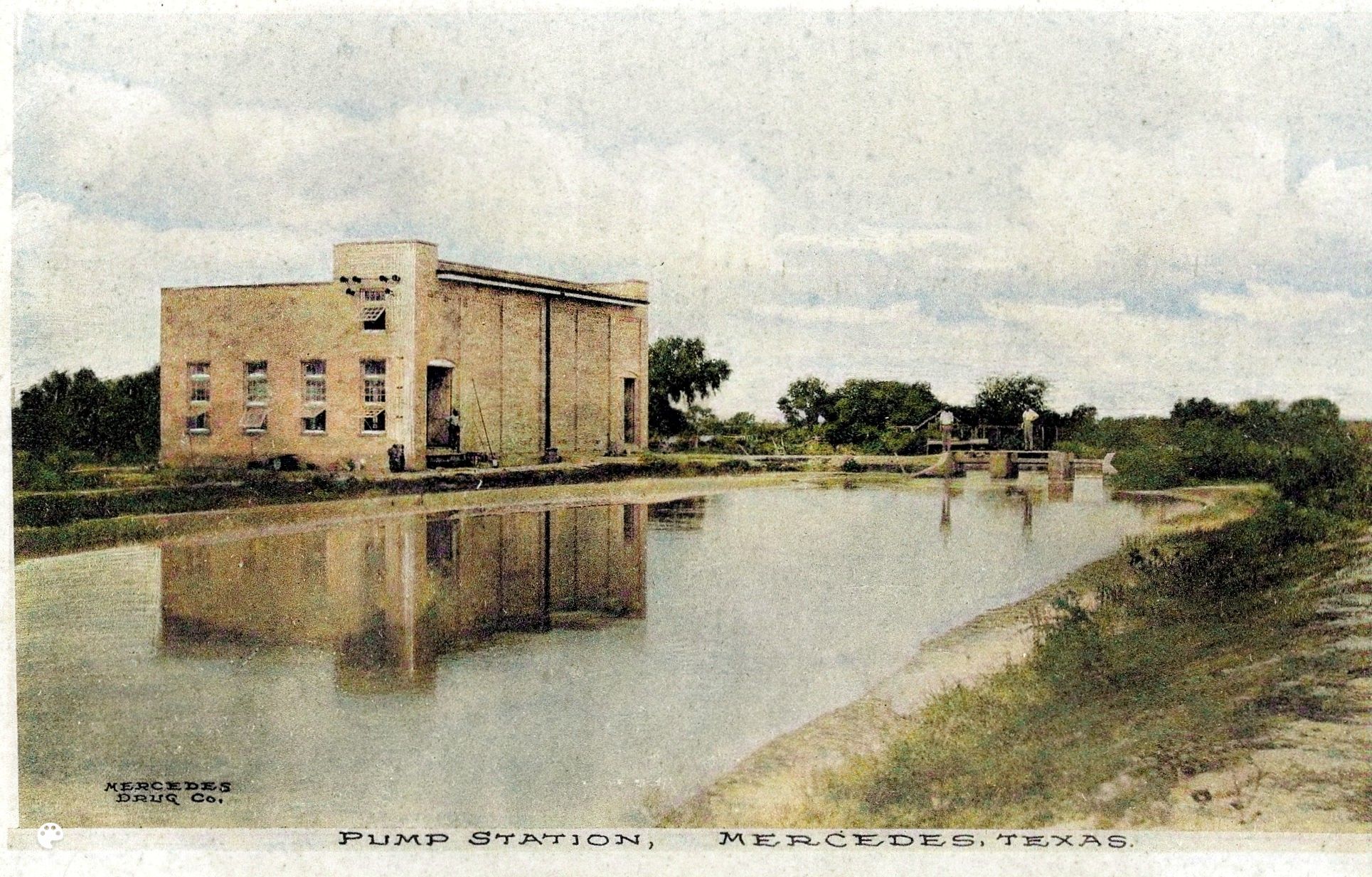 Mercedes Irrigation System Built Over 100 Years Ago Still In Use
Mercedes Irrigation System Built Over 100 Years Ago Still In Use
The American Rio Grande Land and Irrigation Company built a state of the art irrigation system in 1907. It pumped water from the Rio Grande River to farms and orchards. The irrigation canals are still in use today, more than 100 years later. The Main Canal can be seen at 10th and Capisallo Streets.
View Irrigation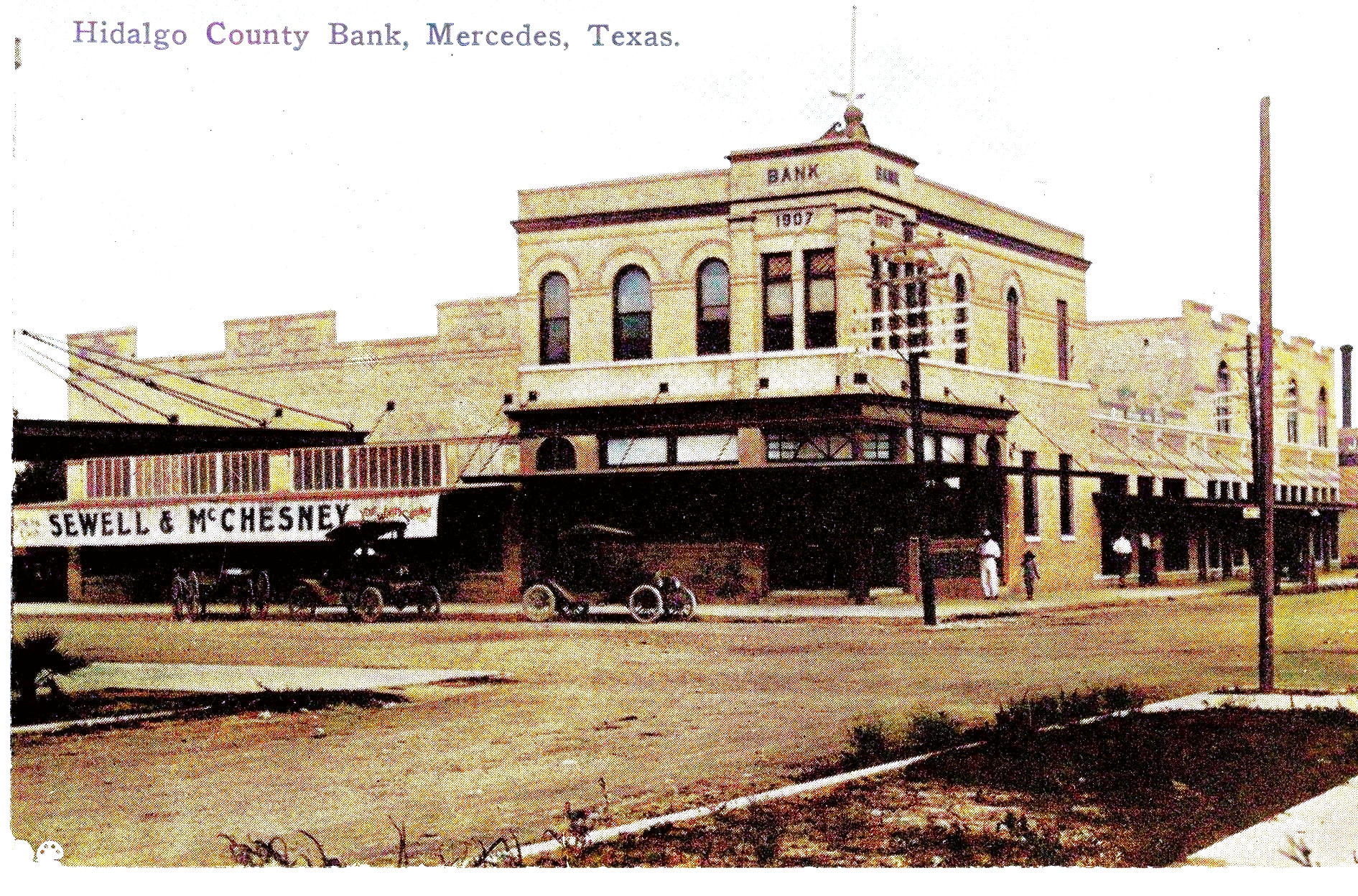 Early Mercedes Business and Industry Boomed
Early Mercedes Business and Industry Boomed
Early Mercedes industries included banking, brick making, agriculture and beverage production. An active civic group that promoted Mercedes industry later became the Chamber of Commerce. The Mercedes Elks Club and elegant ballroom was a popular venue for business and social events.
View Industry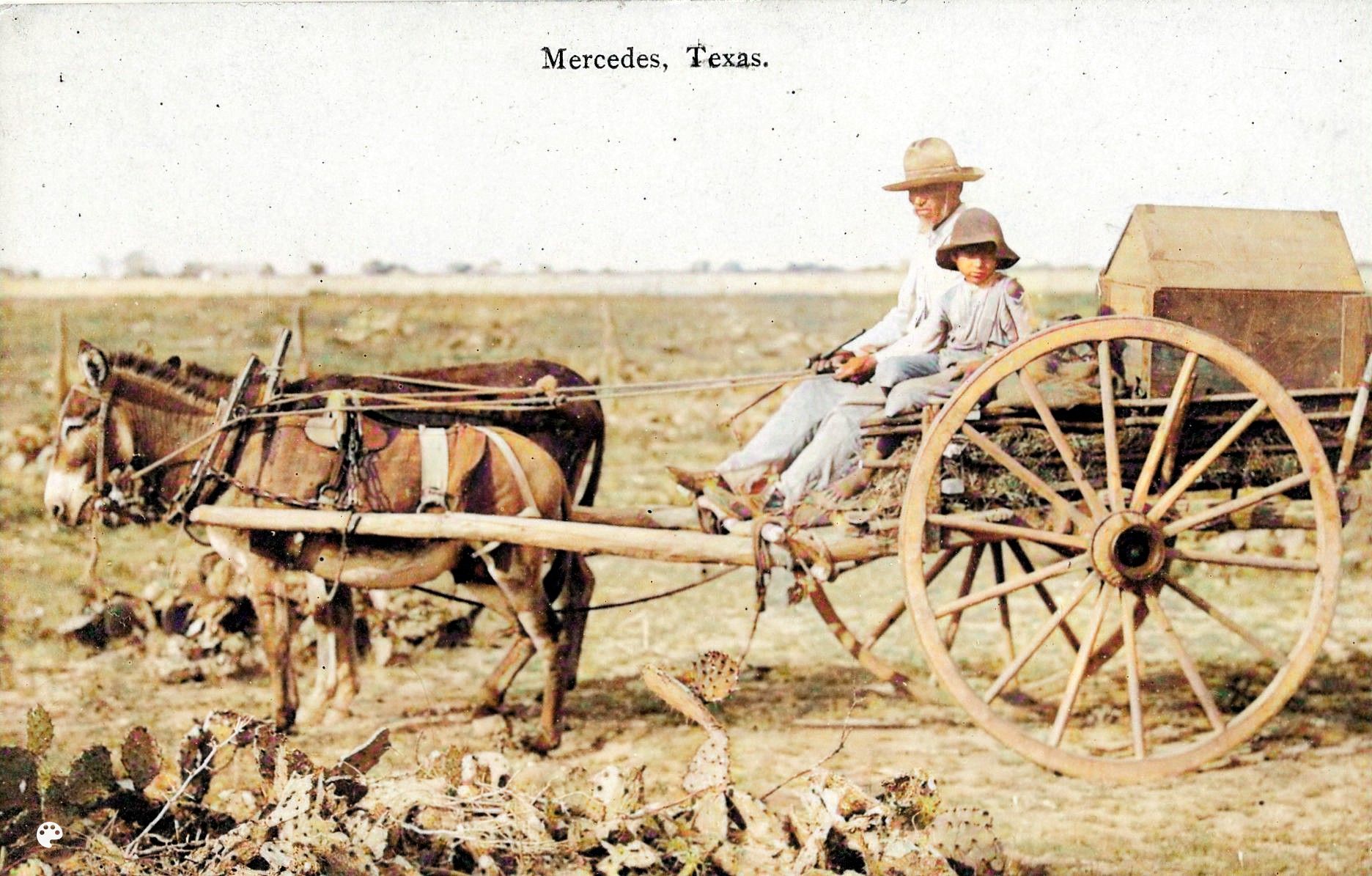 Ranching Anchors Mercedes Heritage
Ranching Anchors Mercedes Heritage
The height of the Spanish colonial livestock economy in the Valley lasted from 1790 to 1900. Spanish Land Grant descendents owned the mid Rio Grande Valley lands, including the land that became Mercedes. Area ranches included Toluca, Tampacua, Anacuitas, Relampago, Los Ebanos.
View Ranch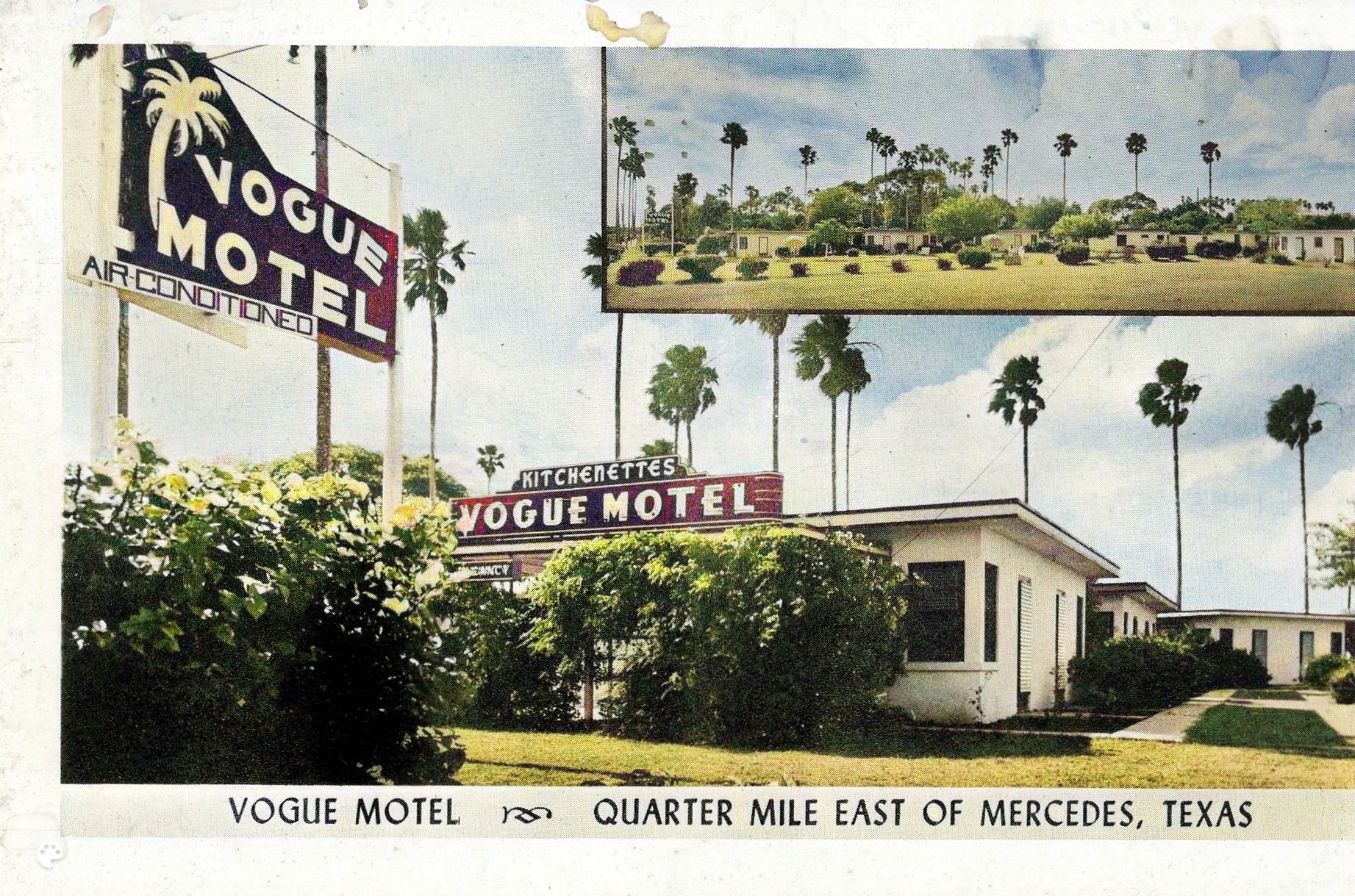 Mercedes Motels Flourished When Automobile Travel Increased
Mercedes Motels Flourished When Automobile Travel Increased
As automobiles gained popularity motels were built in Mercedes to accommodate travelers with parking. Mercedes motels boasted lush tropical gardens and shuffleboard courts, offering an enjoyable experience for guests. All were located on old Highway 83.
View Motels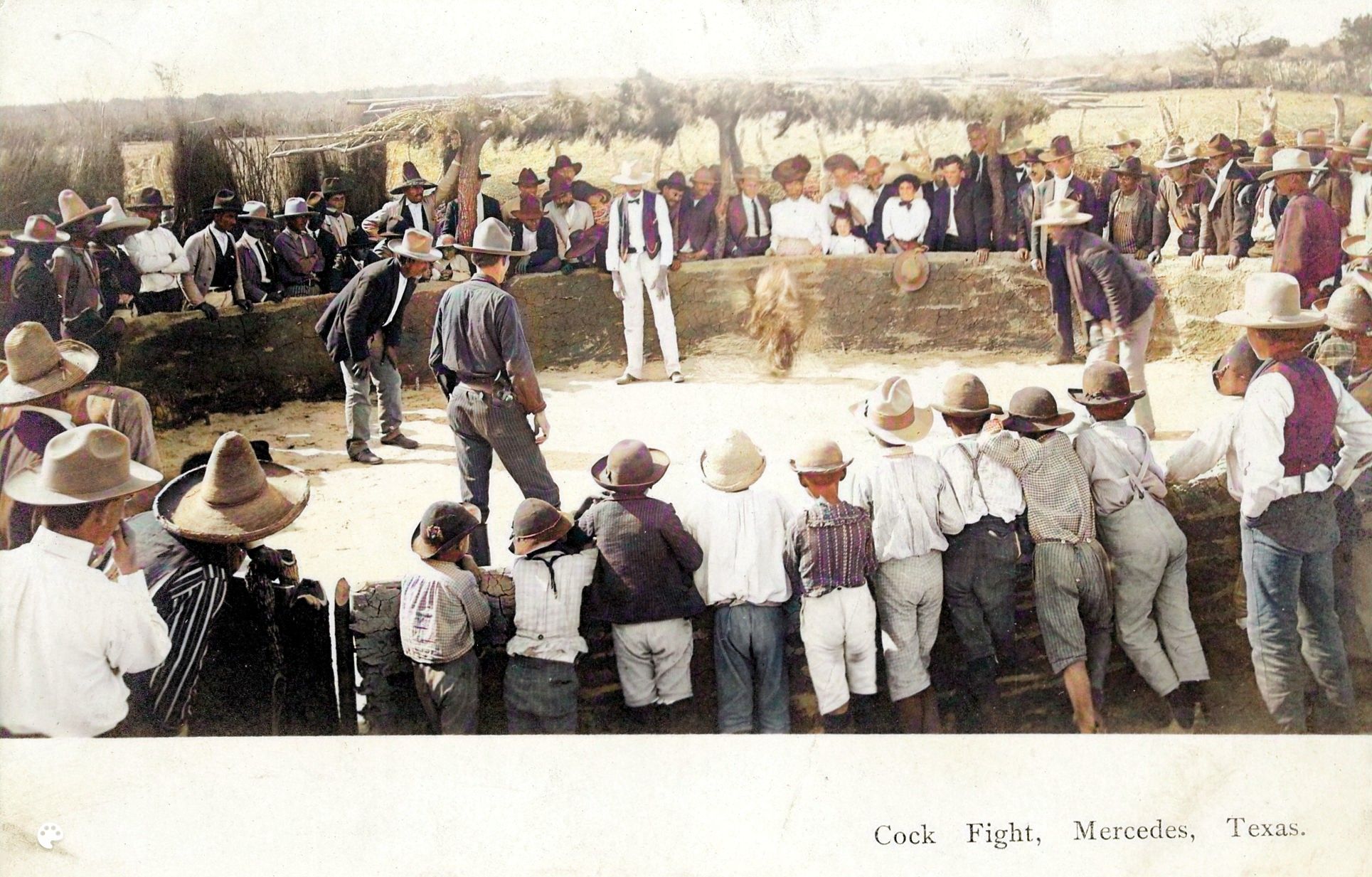 Early Mercedes Events of Interest
Early Mercedes Events of Interest
Out of the ordinary events in the early days included fires, floods and hurricanes. Early floods did little dammage as there were few buildings on the town. Mercedes was the site of numberous concerts, social and civic events.
View Events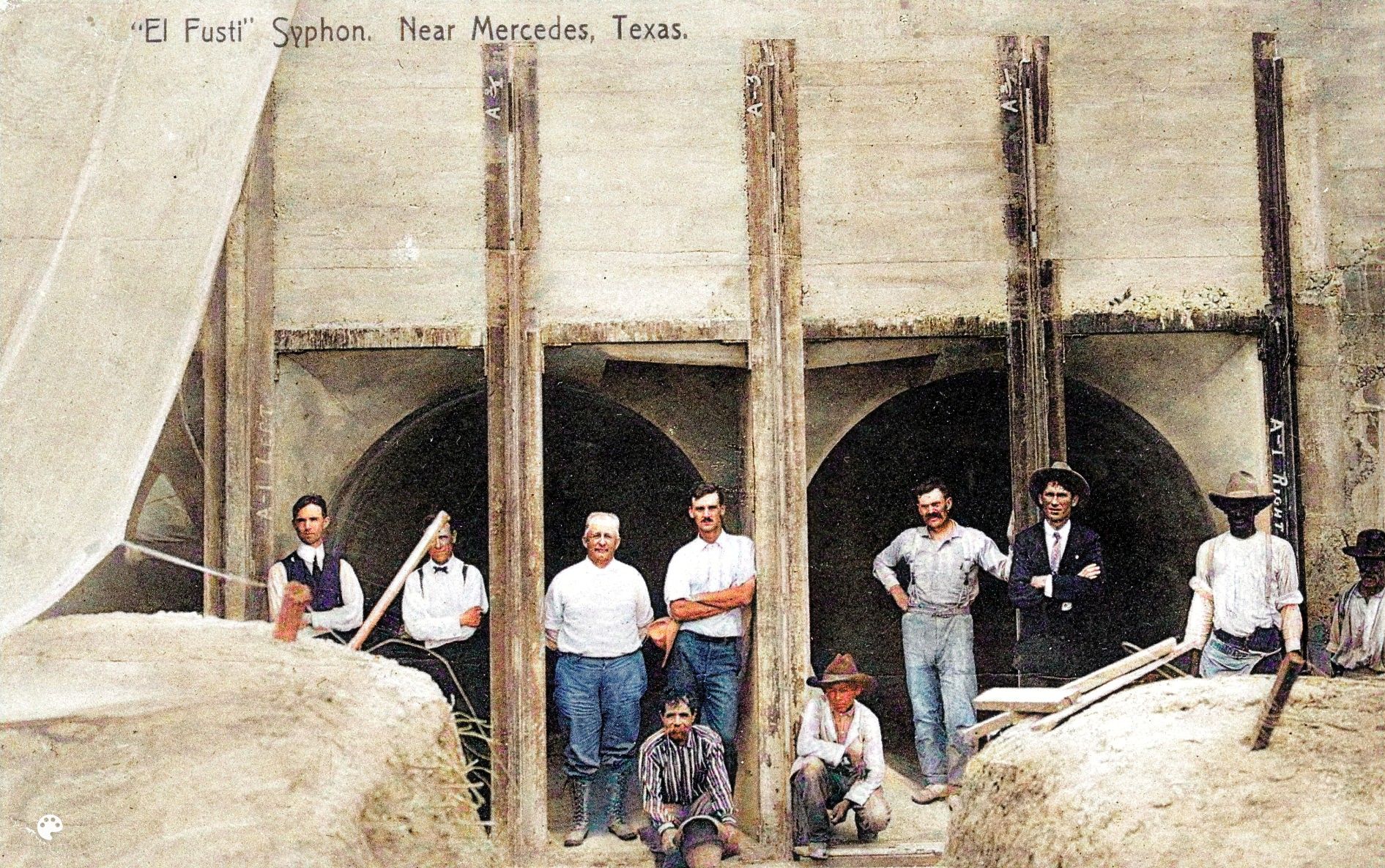 Mercedes Landmarks Honored Fuste
Mercedes Landmarks Honored Fuste
Throughout Mercedes history, the name Fuste has been associated with a variety of landmarks and has appeared in several spellings, including Fusti, Fuste, Fuesti, and Fueste. The Fusti Ranch was originally owned by the heirs of Spanish land grantee Ynojosa de BallÃ. A ravine that drained the ranch and surrounding area into the Arroyo Colorado became known as El Fuste.
In 1907, during the construction of the Mercedes Main Canal, a structure built across this ravine was named the El Fuste Syphon. Over time, a neighborhood grew on the land once part of the ranch, and it too came to be called El Fuste.
Residents later attempted to incorporate the area as a separate city under the name El Fueste, but these efforts were unsuccessful. In 1960, the neighborhood was officially annexed by the city of Mercedes.
At various points in time, El Fuste has referred to a ranch, a ravine, a concrete drain, a neighborhood, and even a proposed city—highlighting its deep-rooted connection to the region's history.
View Fuste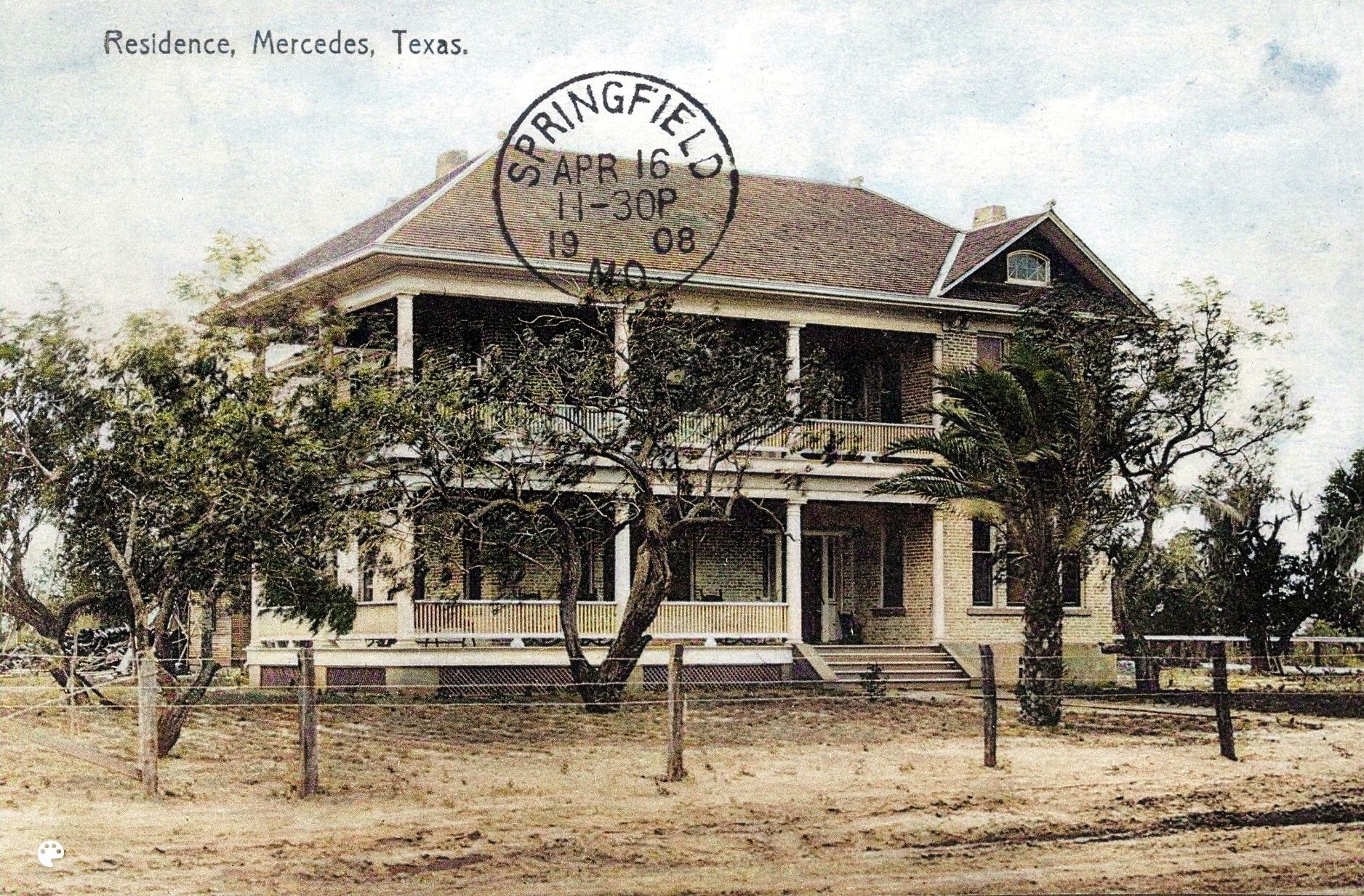 Colegio Generated Transformation and Controversy In Mercedes
Colegio Generated Transformation and Controversy In Mercedes
As the Hispanic political movement gained momentum in the 1970s Antioch College established Colegio Jacinto Trevino in Mercedes. By fostering the development of Hispanic leaders and encouraging them to challenge the political system the college generated both controversy and transformation. The local newspaper chronicled events related to Colegio from 1970 to 1973 providing a timeline that highlights the contentious dynamics between the college supporters and detractors including the local Baptist preacher. The college was housed in this historic building which stood at the corner of Missouri and 3rd Street. It burned down in 1977 under suspicious circumstances and was demolished.
View Colegio Rio Rico Near Mercedes Shaped by River Redirection
Rio Rico Near Mercedes Shaped by River Redirection
The community known as Rio Rico was originally north of the Rio Grande River on land surrounded by a bend in the river. In July 1906 the American Rio Grande Land and Irrigation Company built a cutoff to direct the river into a more direct course. As a result RÃo Rico came to be located south of the border in Mexico. No longer clearly part of either the United States or Mexico RÃo Rico became a lawless territory where gambling dance halls and saloons flourished. The saloons and gambling are long gone but the small community of Rio Rico remains across the border 7 miles south of Mercedes.
View Rio Rico Various Types of Early Mercedes Homes
Various Types of Early Mercedes Homes
Early Mercedes homes featured a variety of architectural styles, including Jacales, Spanish Colonial, and Mission Revival. Many of these historic homes remain in the Mercedes Historic District on Missouri Street.
View Homes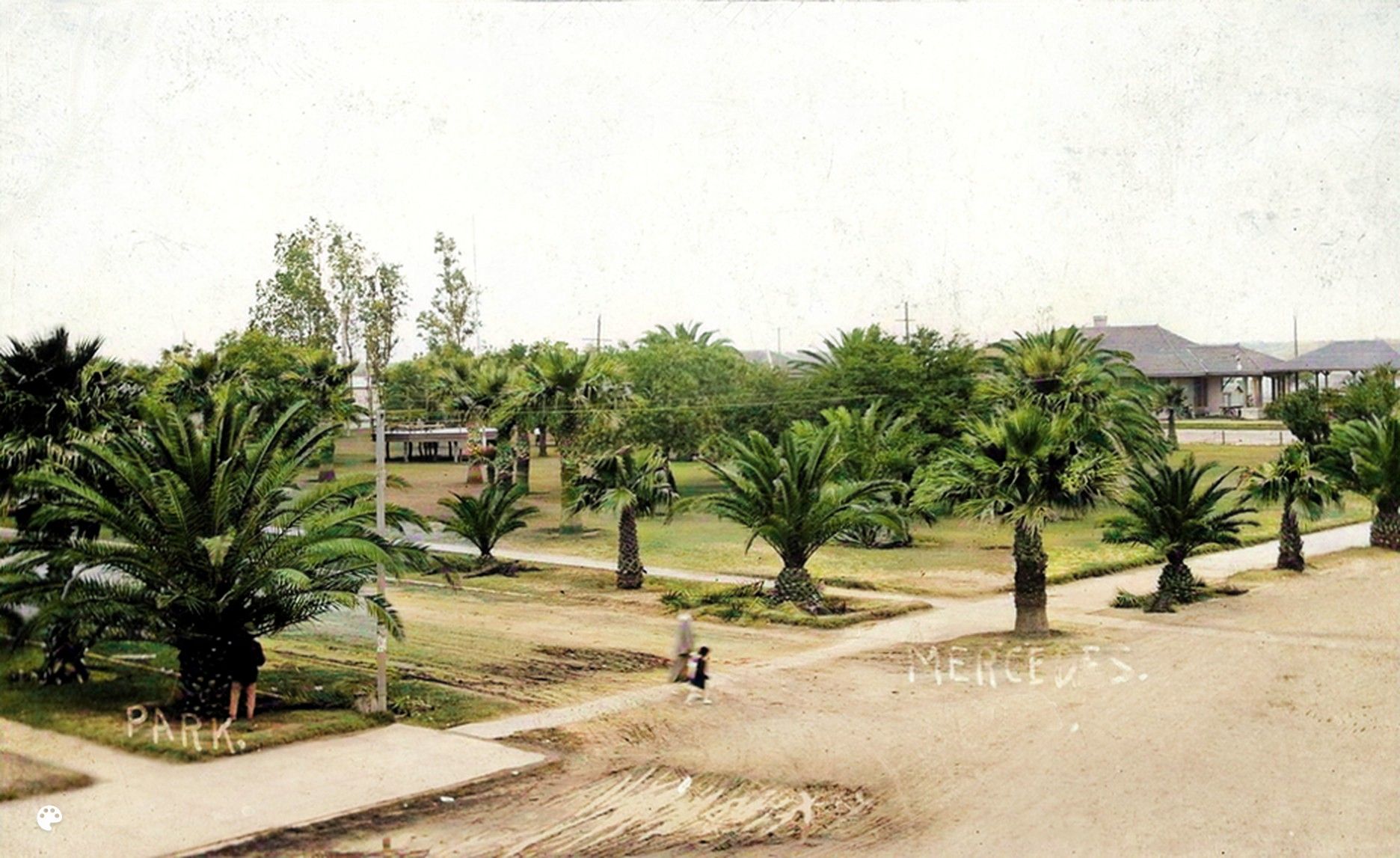 City Park Graced Mercedes for Four Decades
City Park Graced Mercedes for Four Decades
Mercedes City Park was modeled after a traditional Mexican plaza, occupying an entire city block with a central bandstand as its focal point. Situated just south of the train station on Missouri Street, it served as a vibrant community hub for many years until it was sold for commercial development in 1950.
View City Park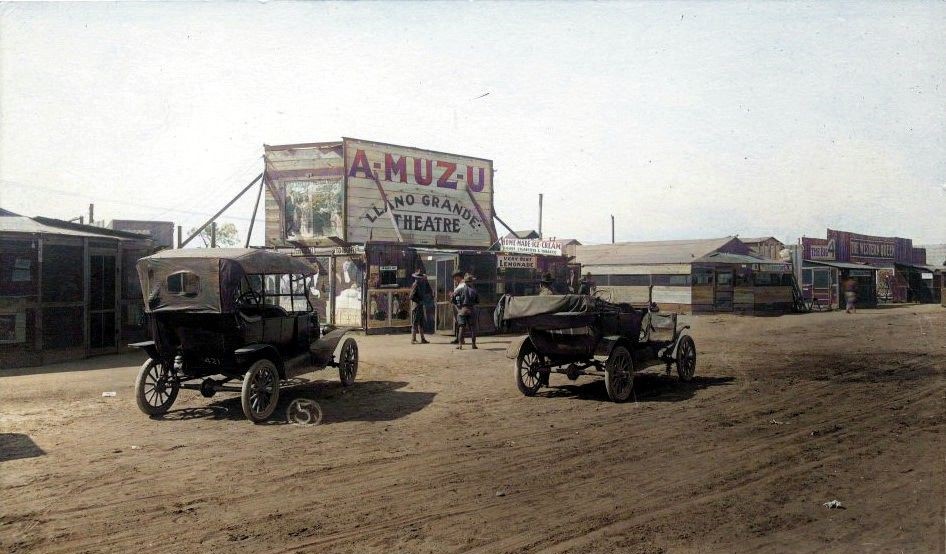 Mercedes Theaters, Restaurants and Entertainment
Mercedes Theaters, Restaurants and Entertainment
Mercedes boasted a variety of attractions, including restaurants and several movie theaters. The city became known for the annual RGV Livestock Show and Cover Girl Pageant which continue to attract large crowds from the RGV and beyond to this day.
View Entertainment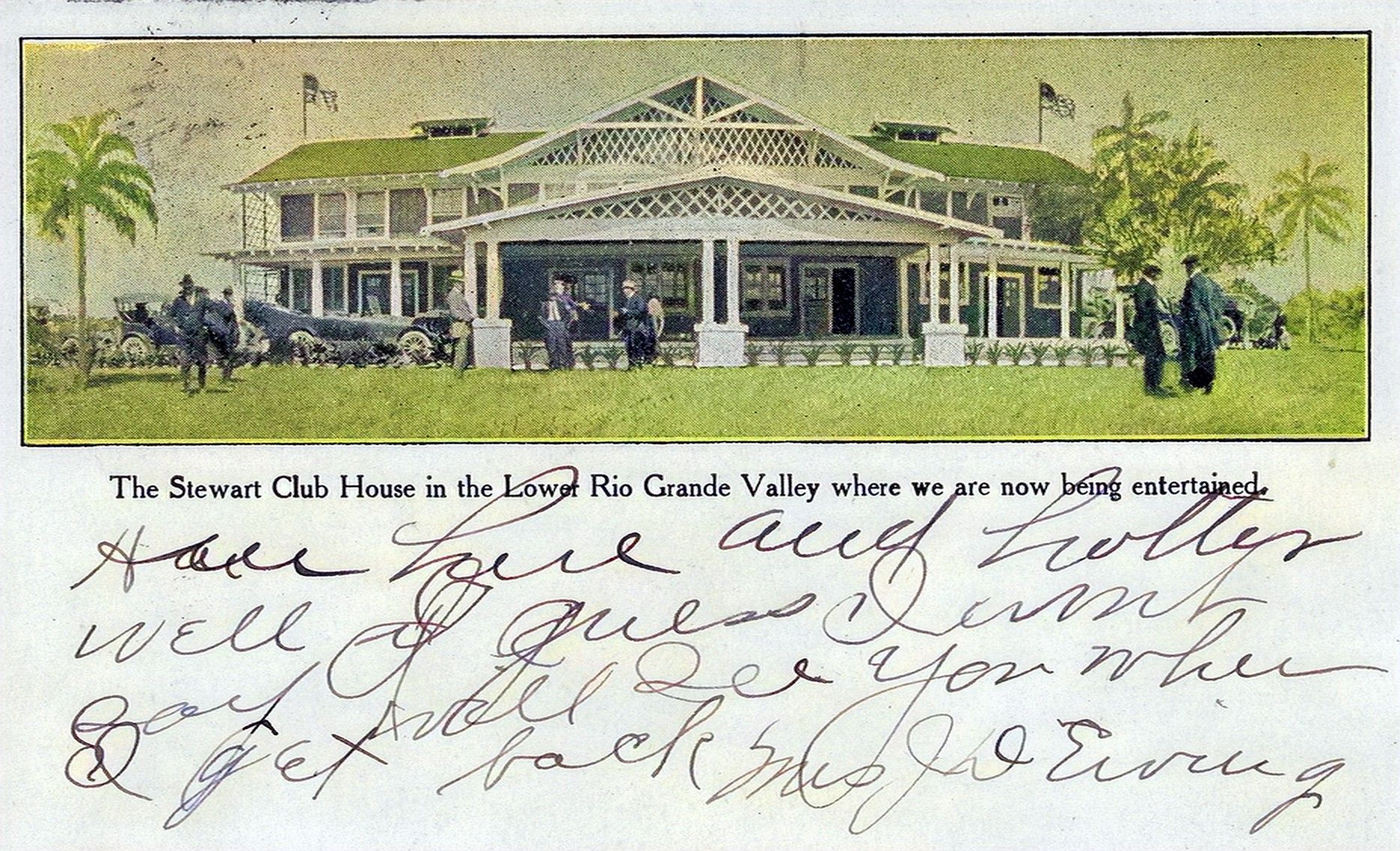 Developers Built Clubhouses in Mercedes
Developers Built Clubhouses in Mercedes
To attract buyers, land developers constructed clubhouses featuring upscale amenities. The most notable was the Stewart Clubhouse, located southeast of Mercedes, though it no longer stands. Several others, including the Llano Grande Clubhouse, remain standing today.
View Clubhouses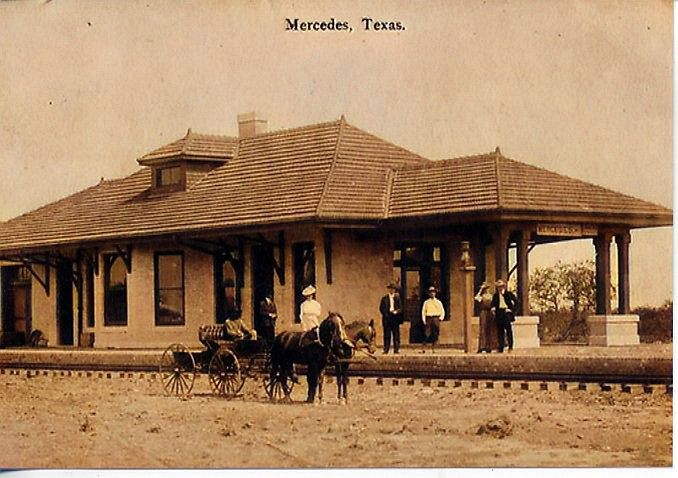 Robust Infracture Drove Mercedes Development
Robust Infracture Drove Mercedes Development
Mercedes developed a robust infrastructure early on, featuring key facilities such as a railroad depot, City Hall and fire station, a telephone building, a power plant, and a small airport. Remarkably, many of these historic structures are still standing today, serving as enduring symbols of Mercedes growth and development.
View Infrastructure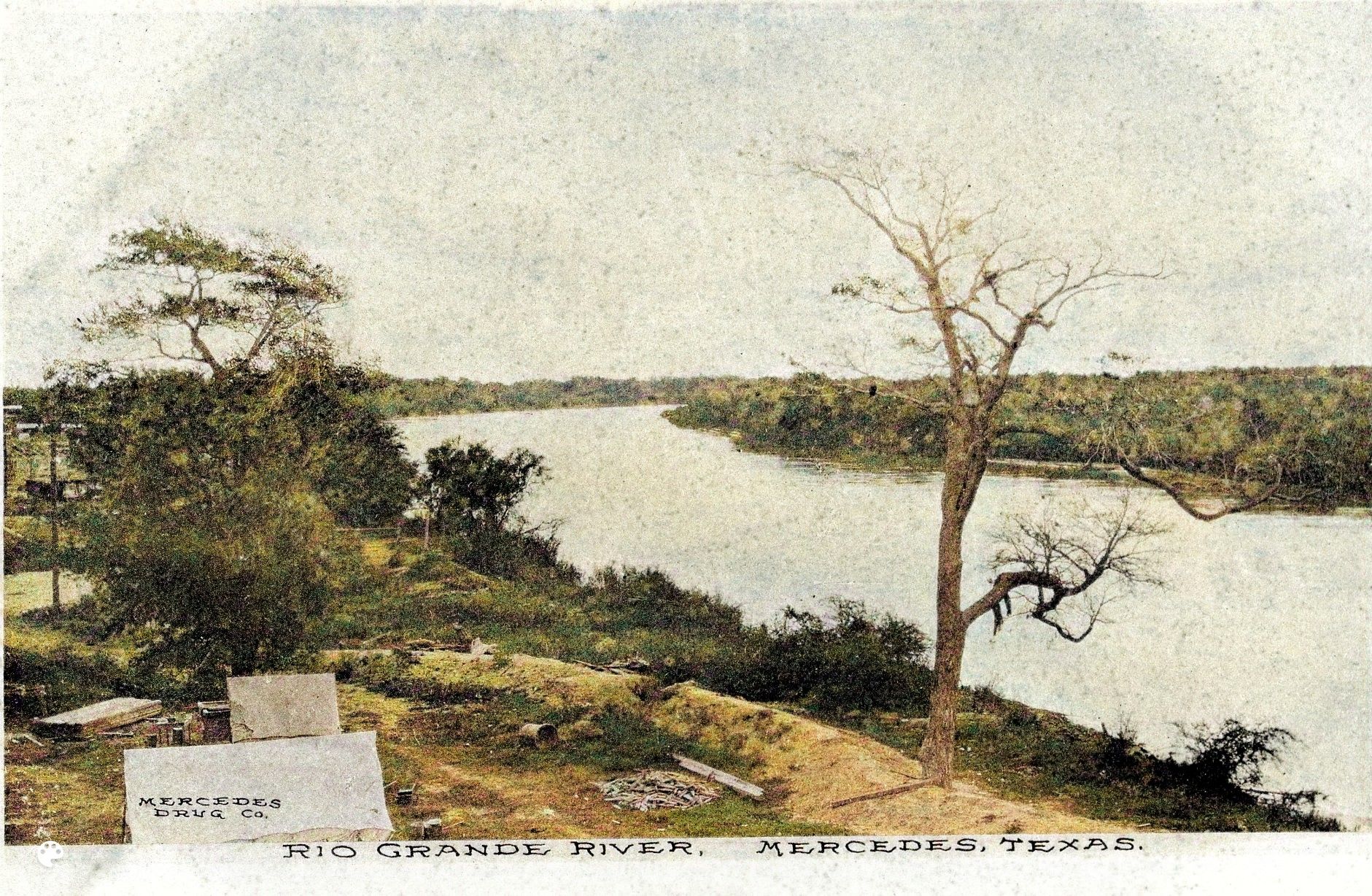 Natural Life in the Lower Rio Grande Valley
Natural Life in the Lower Rio Grande Valley
The Lower Rio Grande Valley is referred to in Spanish as El Valle del Rio Grande. It lies along the U.S. and Mexico border in a floodplain of the Rio Grande River. While the region has seen a decline in biodiversity due to habitat loss, many species of birds and wildlife can still be found.
View Nature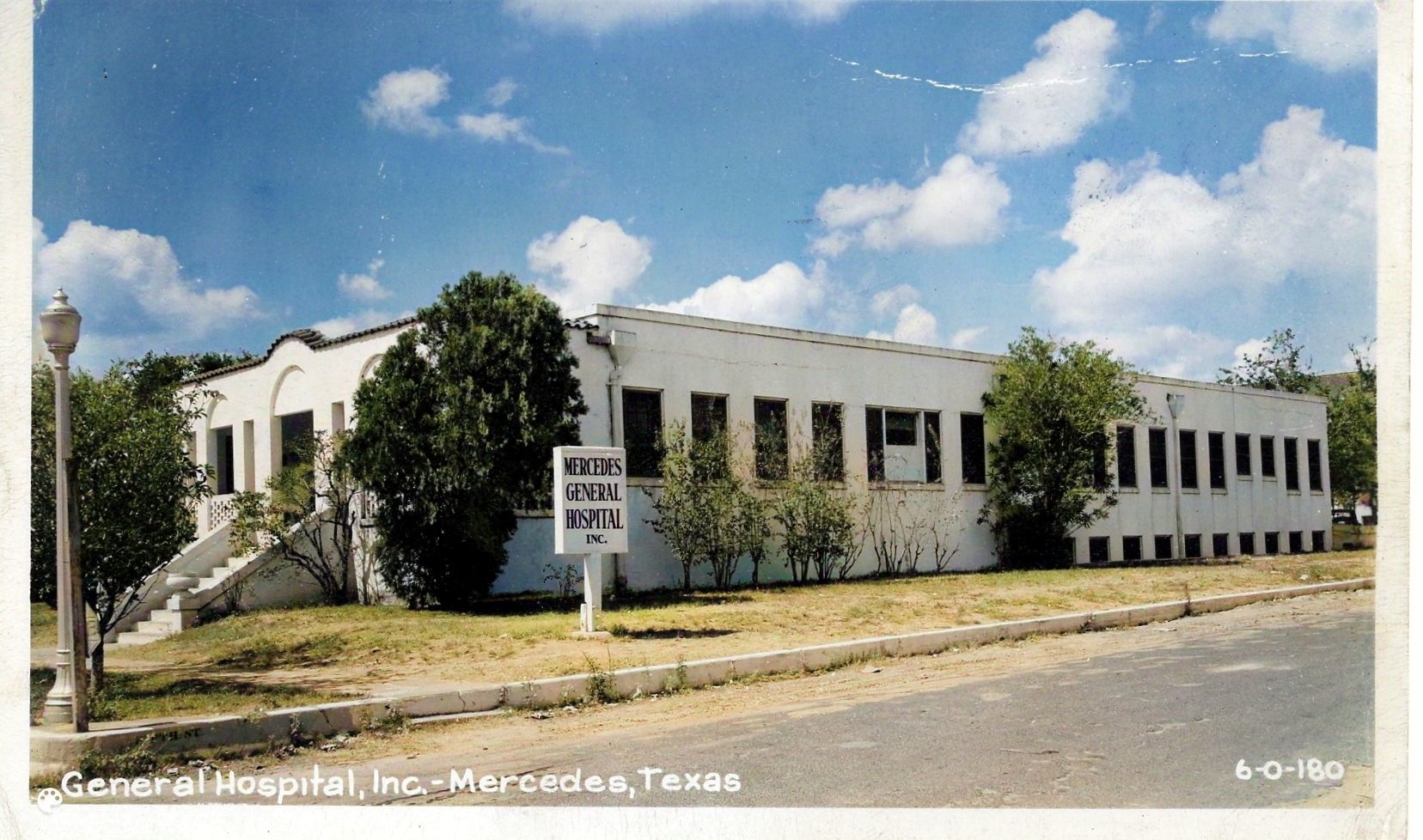 Hospital and Churches Established in Mercedes
Hospital and Churches Established in Mercedes
In 1922, the Elks Club established a hospital, and the town was home to several doctors. Mercedes also boasted a variety of small churches, including Lutheran, Presbyterian, Methodist, and Baptist congregations, as well as a large Catholic church.
View Body and Soul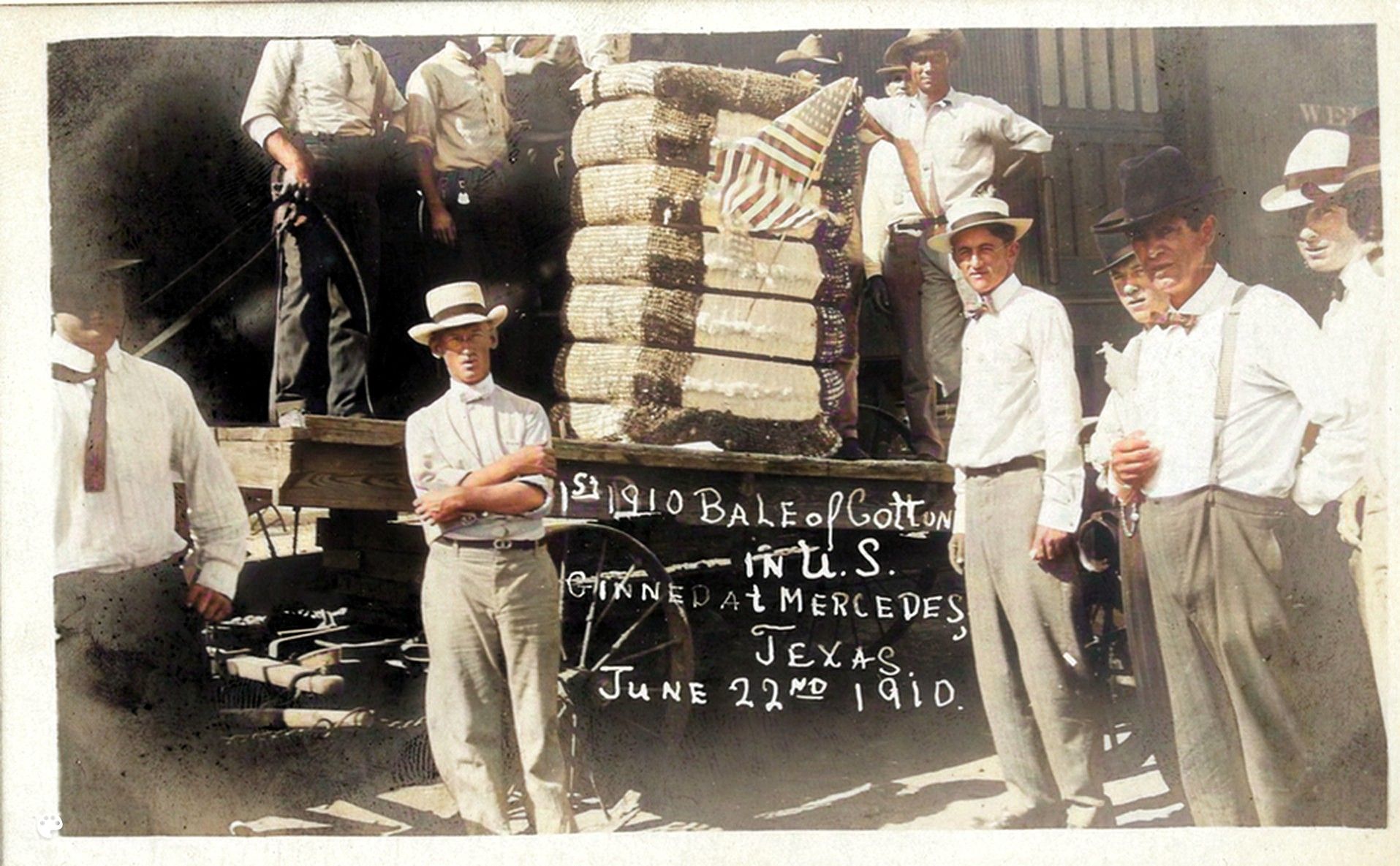 Rich Agricultural Heritage of Mercedes
Rich Agricultural Heritage of Mercedes
Agriculture served as the economic backbone of early Mercedes, with cotton and livestock setting record production levels alongside citrus and winter vegetable production. Cotton gins and packing plants were established to process crops for market. The Rio Grande Valley Livestock Show has been a staple event in Mercedes for over 80 years, showcasing the region agricultural heritage.
View Agriculture Citations and Bibliography
Citations and Bibliography
The information on this website is derived from over 100 sources, with the local newspaper serving as the primary reference. Additionally, numerous books, articles, and websites have contributed valuable insights. We have made every effort to properly acknowledge these sources on the Citations page.
View Citations





















